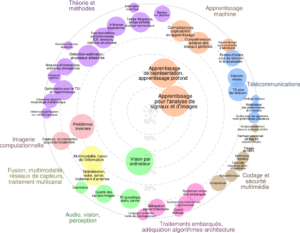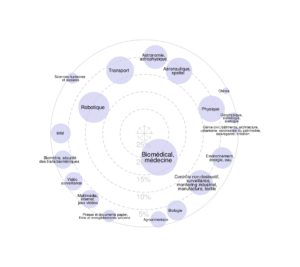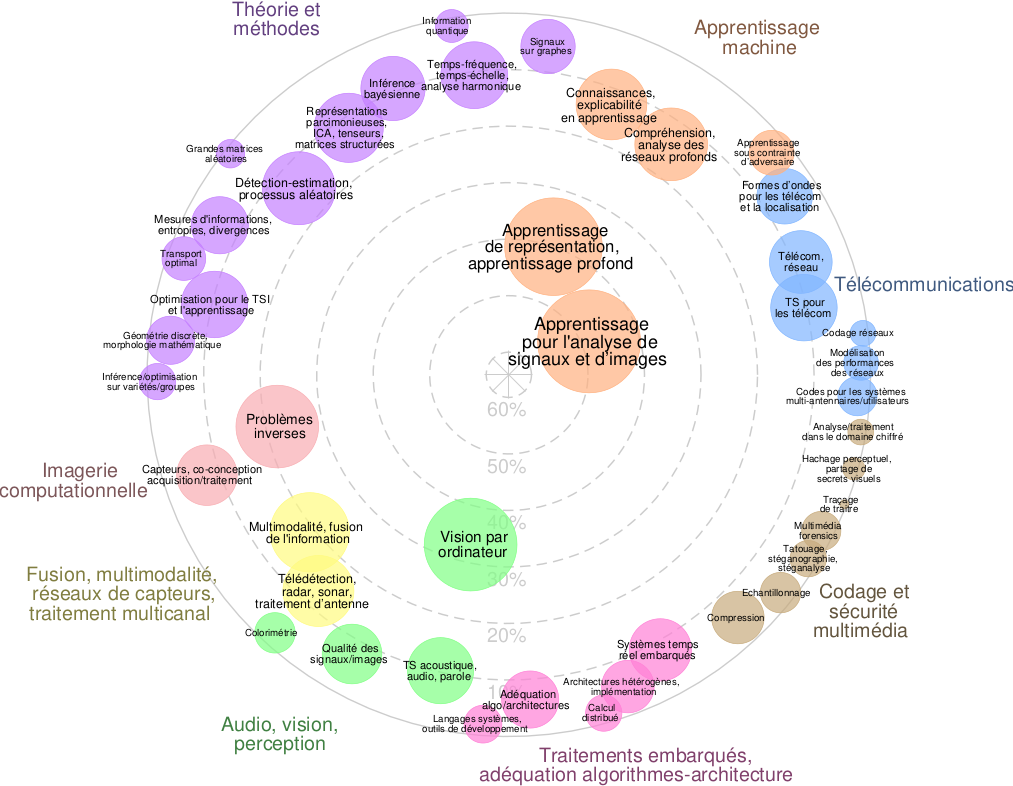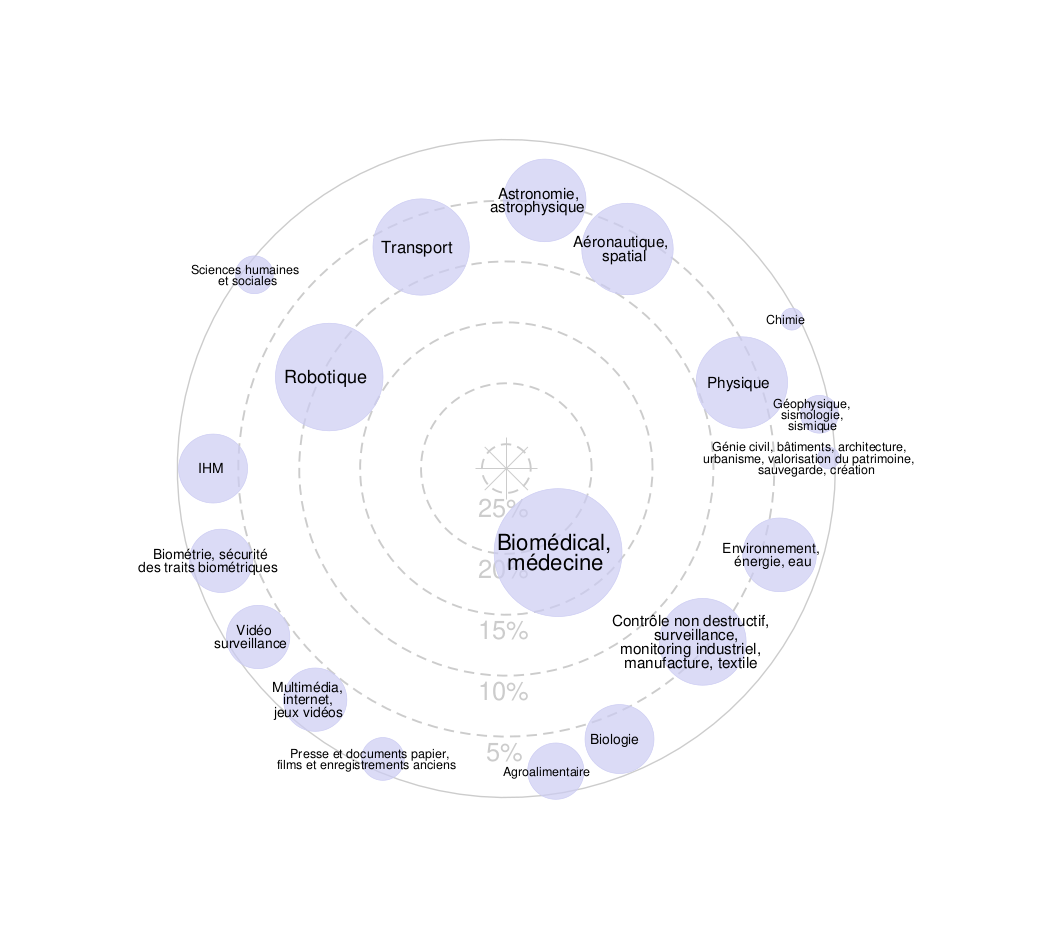Motivations and Description
The dynamics of many physical systems can be described using a Partial Differential Equation (PDE) where the temporal evolution of a physical quantity is given by a combination of its spatial derivatives.
Classical examples include the Heat Equation for the diffusion of heat in a space, or the Navier-Stokes Equation for the velocity of a fluid. Physics-Informed Neural Networks (PINNs) have been proposed to learn a solution of such a PDE in the form of a neural network mapping spatio-temporal coordinates to the value of the solution at this input location. Unfortunately, PINNs are hard to optimize and underperform compared to state of the art numerical methods.
The goal of this PhD is to explore several novel neural architectures mapping time and spatial harmonics to harmonic components over time of the solution, such as learning the temporal evolution of the Fourier transform of the solution. This work will involve: (i) developping and implementing novel neural network architectures solving PDEs fully or partial in a harmonic domain, (ii) developping and implementing new losses deriving from PDE residual minimization to train these neural networks, (iii) evaluating their efficacy compared to PINNs, alternative Physics-Informed Machine Learning methods, and state of the art numerical methods, and (iv) obtaining theoretical guarantees such as approximation errors.
This topic includes several challenges and open questions. First, the work will tackle the question of applying the inverse harmonic transform to obtain a mapping from spatio-temporal locations to the value of the solution of the PDE at these locations. The second challenge lies in the design of a loss function to allow for end-to-end learning of an harmonic neural network solution to a given PDE. Finally, the third challend will be to derive theoretical guarantees such as approximation errors similar to for the proposed networks.
We will apply the proposed methods to 3 physical settings: the diffusion of heat following the heat equation, fluid velocity following the Navier-Stokes equation, and laser-matter interactions modelled with Swift-Hohenberg equation.
Expected Results
- Develop novel loss functions for physics-informed harmonic neural networks
- Implement both the architecture and the loss using DeepXDE
- Run experiments solving various PDEs and compare the efficacy of the approach to: (i) PINNs using DeepXDE, and (ii) State of the art numerical methods
- Study theoretical guarantees of such networks
Profile Sought
M2 / 3rd year Engineering School student in:
- Applied mathematics, Signal processing or Computer science with strong skills in machine learning and an appetite for physics problems,
- (or) Physics who wishes to engage with AI and machine learning.
Working Environment
This PhD will be conducted under the co-supervision of Pr. Marc Sebban (Université Jean Monnet, Saint-Étienne, France), and Benjamin Girault (Inria – Université Jean Monnet, Saint-Étienne, France), in the Inria project-team MALICE. The team is specialized in joint methodological contributions at the interface between Machine Learning and Surface Engineering. As such, MALICE is inherently rooted at the crossroads of Applied Mathematics, Statistical Learning Theory, Optimization, Physics and Differentiable Simulation.
Application by e-mail until March 31st, 2025
Benjamin Girault <benjamin.girault@inria.fr>, Marc Sebban <marc.sebban@inria.fr>
Required application material
Resume, transcripts, and motivation letter.





